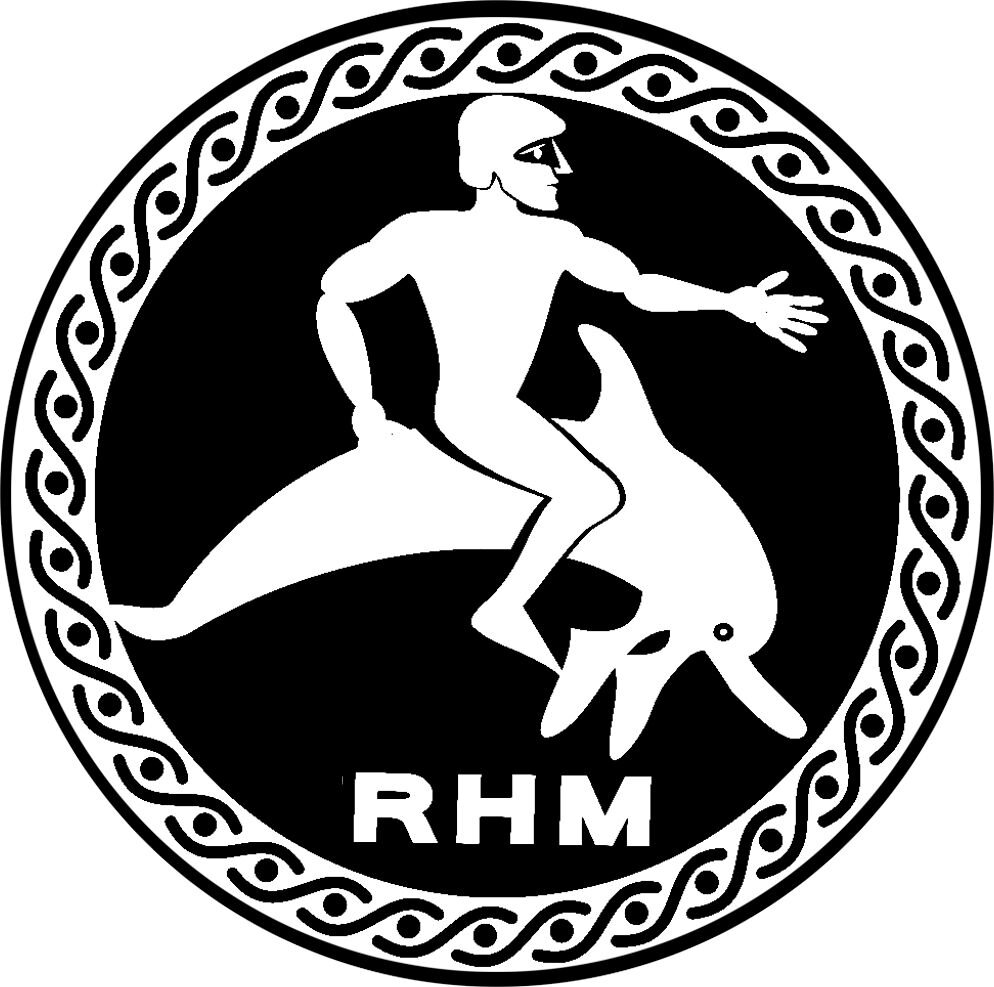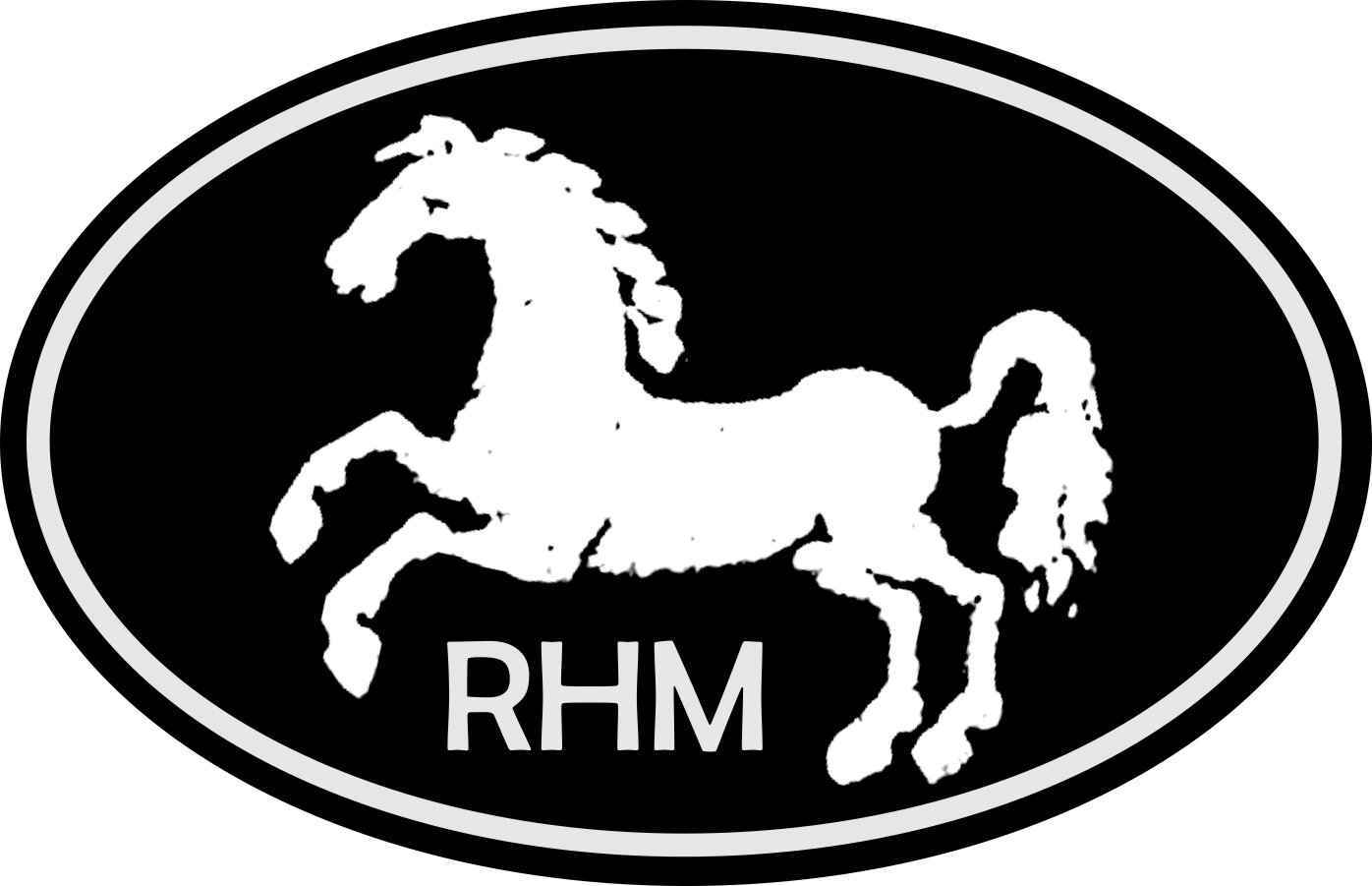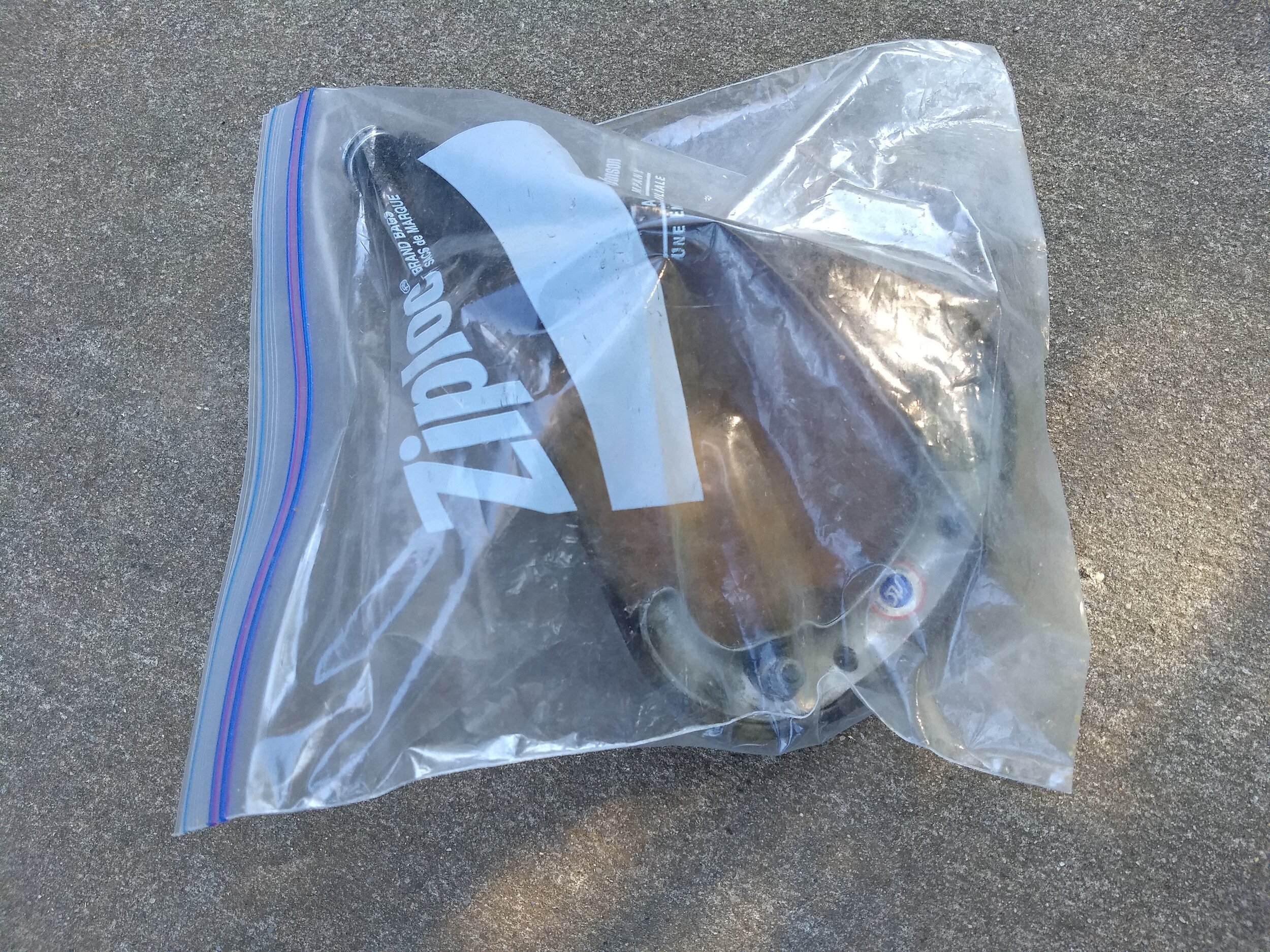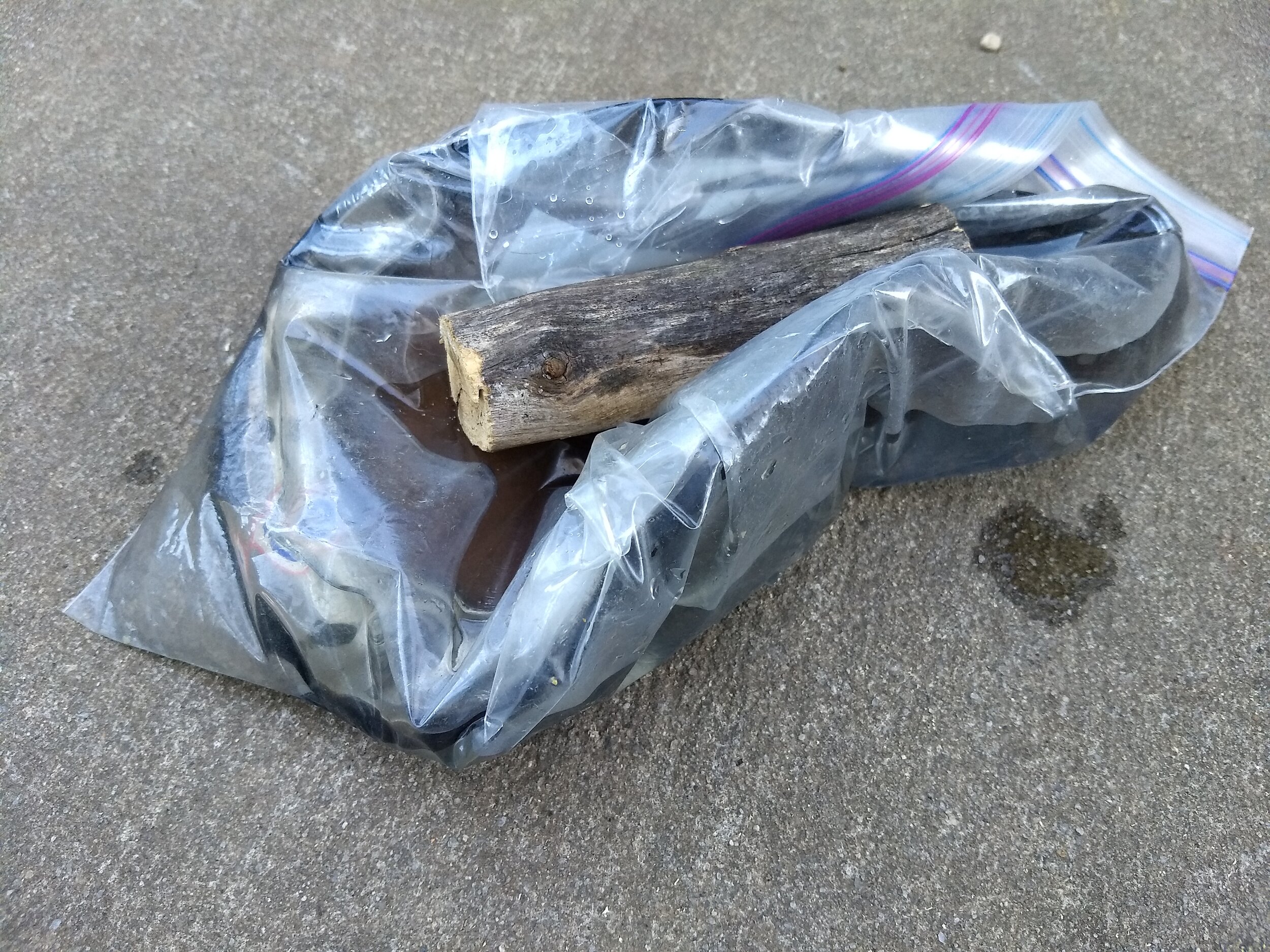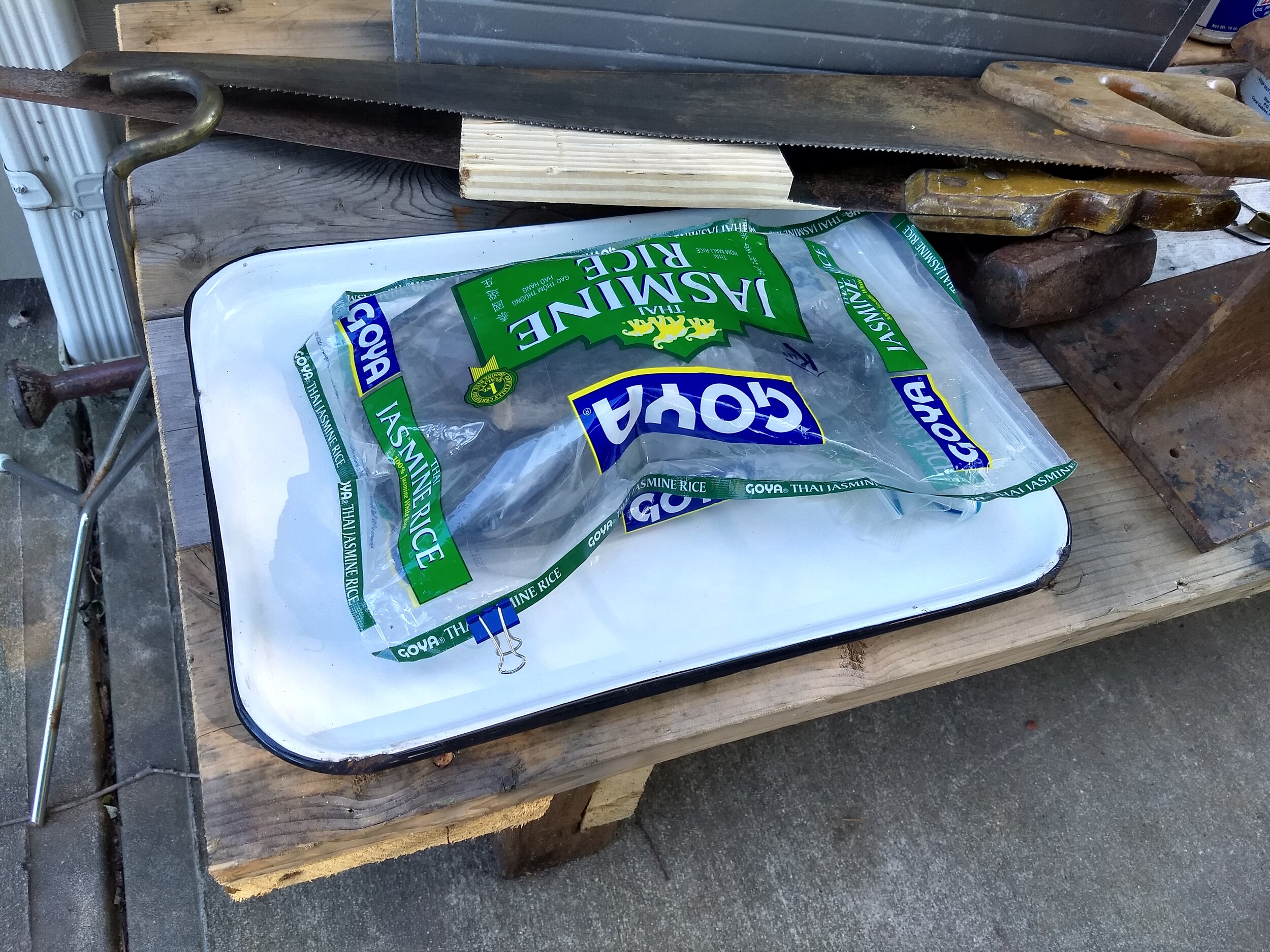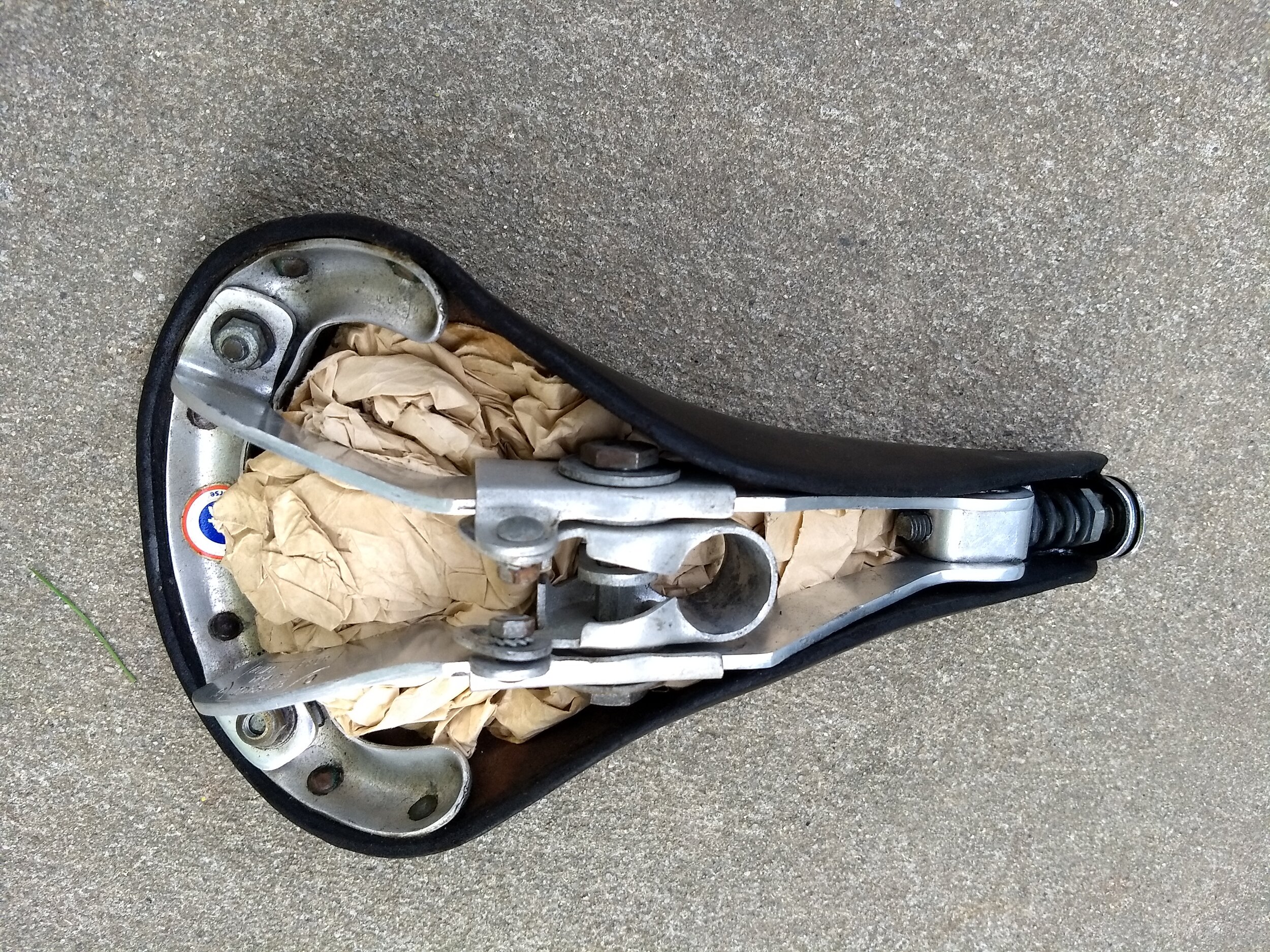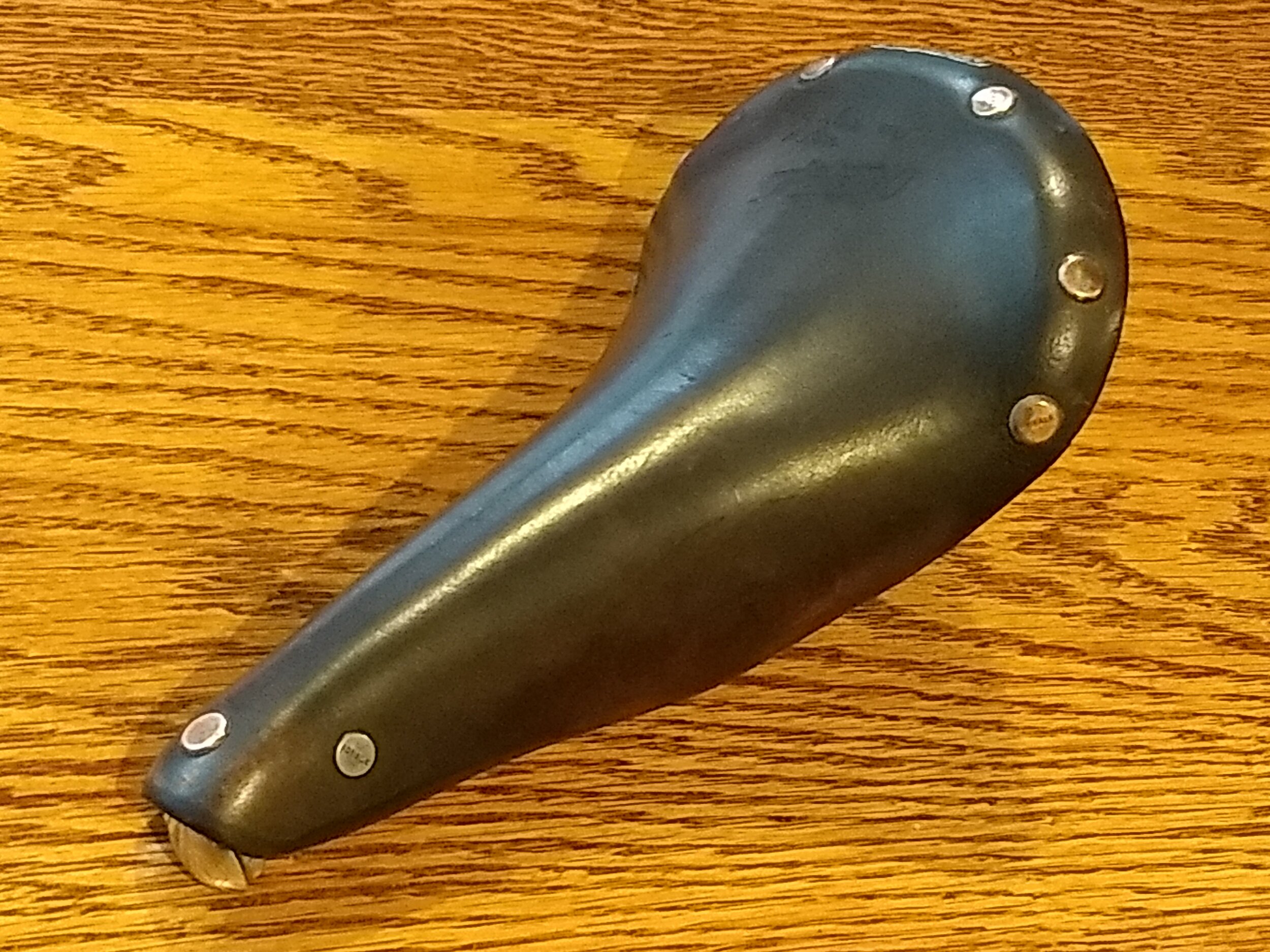Reshaping an old, misshapen saddle
Here we have an Ideale 90 “speciale competition” saddle with an aluminum alloy frame. These first appeared in the mid or late 1960’s. I don’t know how long they were made, I assume they continued well into the 70’s, maybe even 80’s.
This one has been used a lot, and it’s pretty misshapen.
The leather appears to be in good condition. It is not cracking or tearing by the rivets, and appears to be really strong. The leather is hard, which is not necessarily a bad thing. But it is very misshapen. Both sides are deeply indented from the rider’s sit bones. There is a pronounced ridge between the dents, though not centered. It’s a little off to the left.
So, 2:30 Friday afternoon, I got started. The first step here is to remove the frame. This isn’t really necessary, but it will make life easier for me, so off it comes. Then I put the leather top in a ziploc bag, fill about two cups of water into it, and leave it to soak. I want the leather completely under water, using the minimum of water.
3:30 PM Friday afternoon, that’s all for now. I’m going to leave that to soak for a while.
8:30 Saturday morning, I remove thed leather from the bag. The water in the bag has turned dark brown. I dumped the water in the garden, let’s hope the plants don’t mind!
So now I stuffed it with wads of crumpled up paper and reattach the frame, then squeezed it around in my hands, pushing the balls of paper around; looking for the right shape. If the lumps weren’t cooperating I took it apart and pressed them in in a different way… and I did this two or three times, adjusting the wads of paper to see how much pressure was needed, and where.
With just paper between the rails and the leather, pressure was uneven— more pressure at the rails, less elsewhere. So I used a sabre saw to cut a crude triangular piece of scrap pine and put that between the frame and the paper, and stuffed the paper around the edges. The exact shape of the wood doesn’t matter much, since its purpose is just to hold the paper in place. The point now was to get the top of the leather into exactly the shape I wanted. In the case of the Ideale no. 90, that shape is a smooth round top, with no flat area on top, and no ridges or corners.
9:00 AM Saturday, that’s all for now. The saddle is drying.
By mid afternoon the leather is dry enough to hold its shape… or is it? At this point I remove the stuffing and let the leather dry from both sides.
For the record, here’s what the stuffing looks like, when it’s done its job. The photo doesn’t do the shape of the saddle justice (it’s a hard thing to photograph); the shape has not changed since this morning. The leather is resilient and almost rubbery; it feels like it would be a comfortable saddle at this point.
Epilogue: 3:00 Monday afternoon, it is dry and has held its shape. The skirts did not splay out (as sometimes happens when a saddle gets wet and dries). The leather is quite hard now.
For what it’s worth, this saddle now weighs 18 oz (510 g) which is, in my opinion, not especially light.
Perhaps you wonder: will the saddle retain this new shape, if it’s ridden? Well, I don’t know. My guess is: no, it will develop dents under the rider’s sit bones just as before. But the new dents will be in the right place for the new rider and, I hope, will suit the new rider. Let’s not lose sight of the fact that this saddle is 50 years old and, like the rest of us, not getting younger. I have not made it new again.
